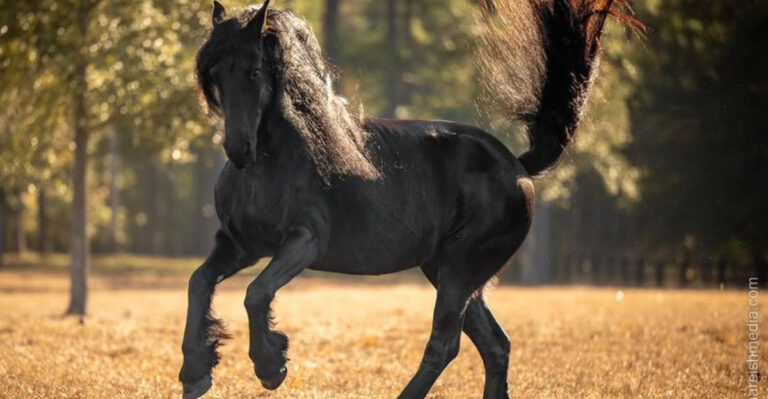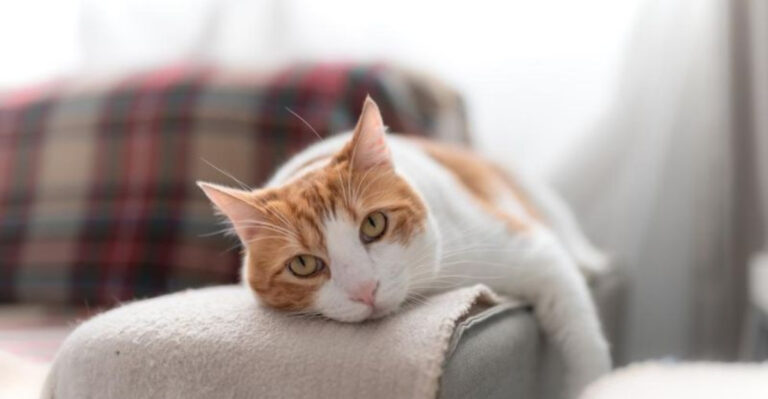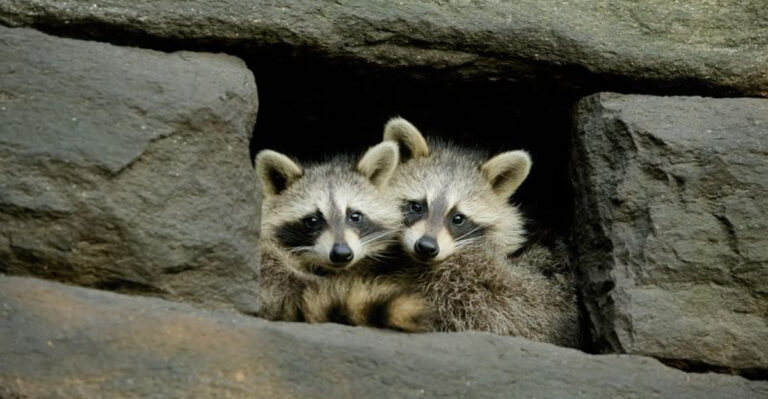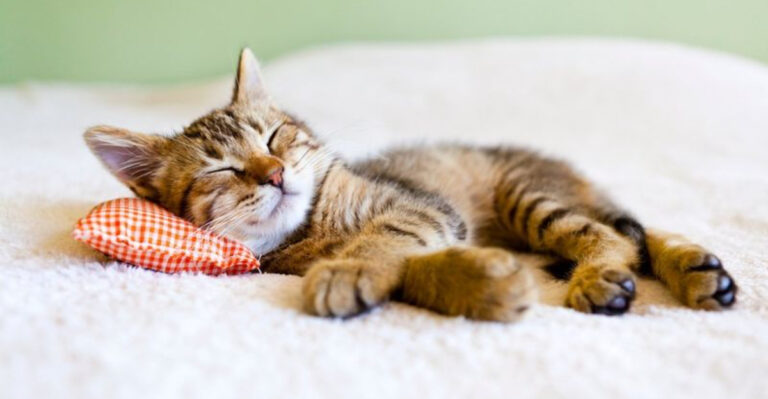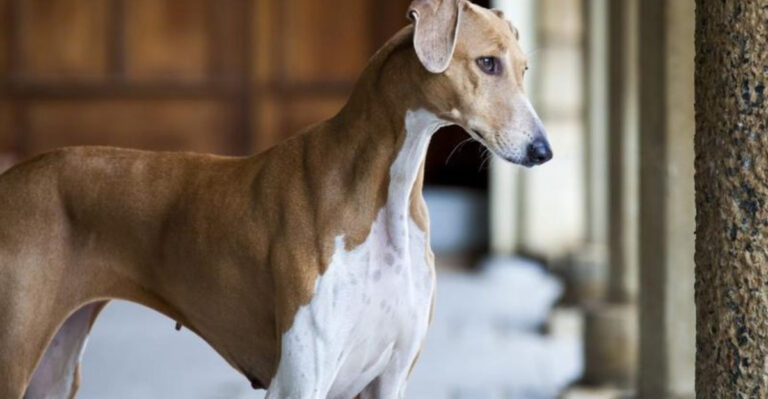15 Must-Have Amphibians For Outdoor Ponds
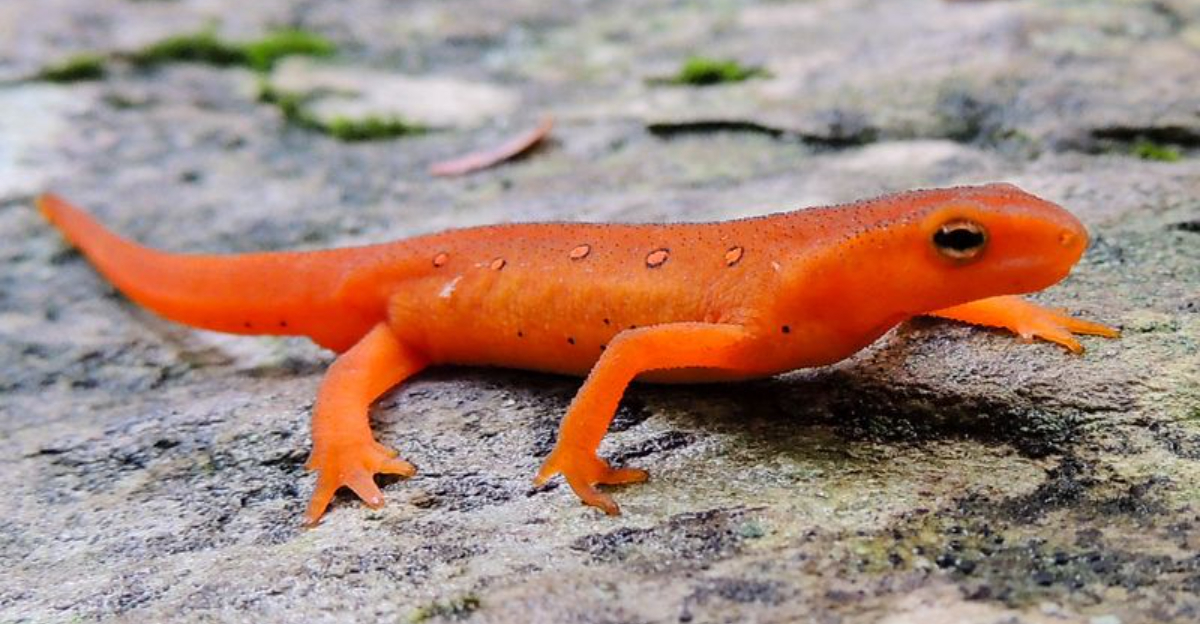
Adding amphibians to your outdoor pond creates a vibrant ecosystem while naturally controlling pests like mosquitoes and algae. These fascinating creatures bring movement, color, and life to water features, transforming them into magical mini-habitats.
Whether you’re a seasoned pond keeper or just starting out, these amphibian species will enhance your outdoor water garden while supporting local biodiversity.
1. American Bullfrog
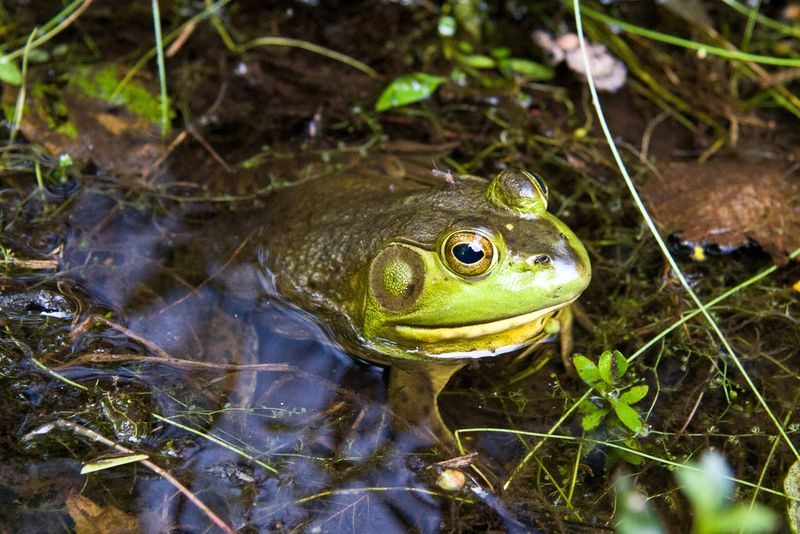
King of the pond scene with its booming call that carries nearly a mile away! These impressive jumpers grow larger than your hand and gobble up everything from insects to small fish.
Bullfrogs thrive in deeper ponds with plenty of vegetation for hiding. Their tadpoles take up to two years to transform, giving you plenty of time to watch this remarkable metamorphosis.
2. Red-Spotted Newt
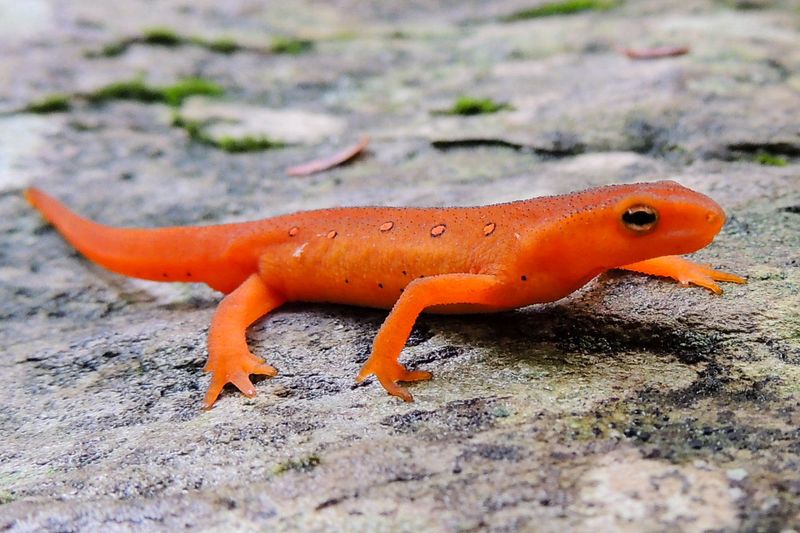
Wearing three different outfits throughout life, these fashion-forward amphibians start as aquatic larvae, transform into bright orange terrestrial juveniles, then return to water as olive-green adults with distinctive red spots.
Their gentle swimming patterns create mesmerizing displays in clear water. Hardy and disease-resistant, they adapt well to various water conditions while keeping mosquito larvae in check.
3. Pacific Tree Frog
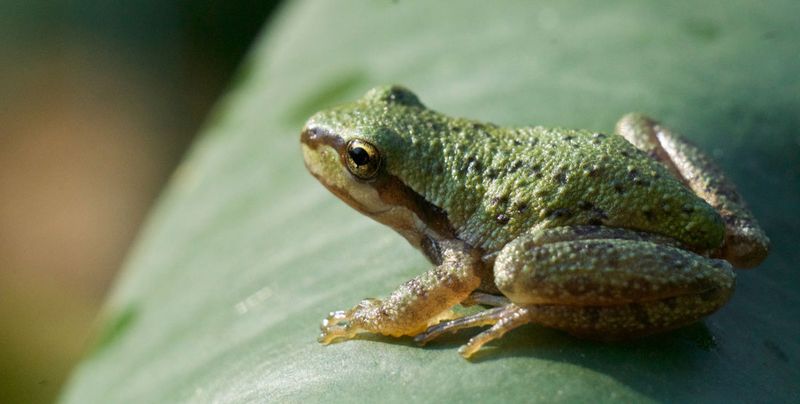
Tiny but mighty vocalists! Despite being smaller than your thumb, these chorus frogs produce calls that seem impossibly loud for their size. Color-changing masters, they shift between brown, green, and gray to match surroundings.
They’ll happily perch on pond plants, creating picture-perfect moments as they hunt flying insects that might otherwise pester your outdoor gatherings.
4. Fire-Bellied Toad
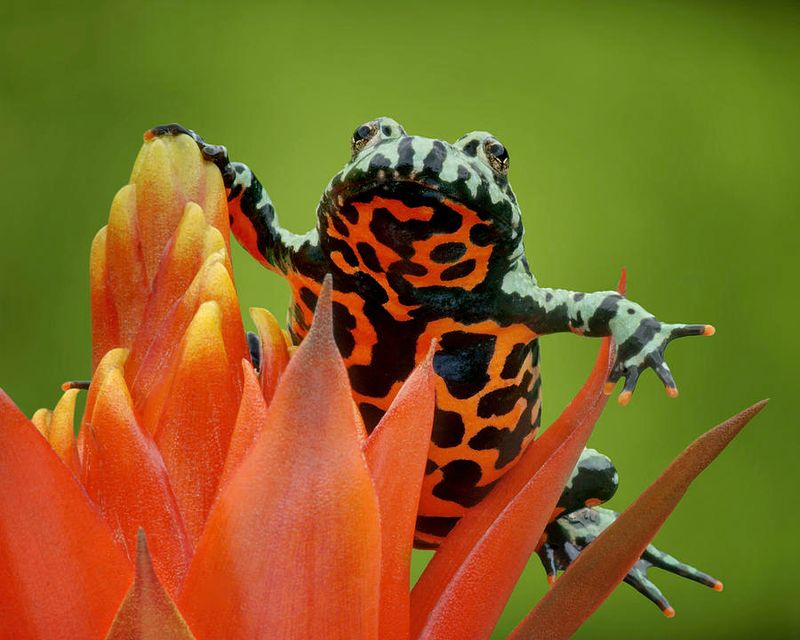
Toads in this group are the flash mobsters of the amphibian world, startling predators with a sudden arch that reveals fiery orange-red undersides. Spending time both in water and on land, half their body floats just beneath the surface with eyes and nostrils peeking out.
Vibrant green and black marbled backs create a stunning contrast against surrounding water plants. Such striking colors make them living jewels in any pond.
5. Alpine Newt
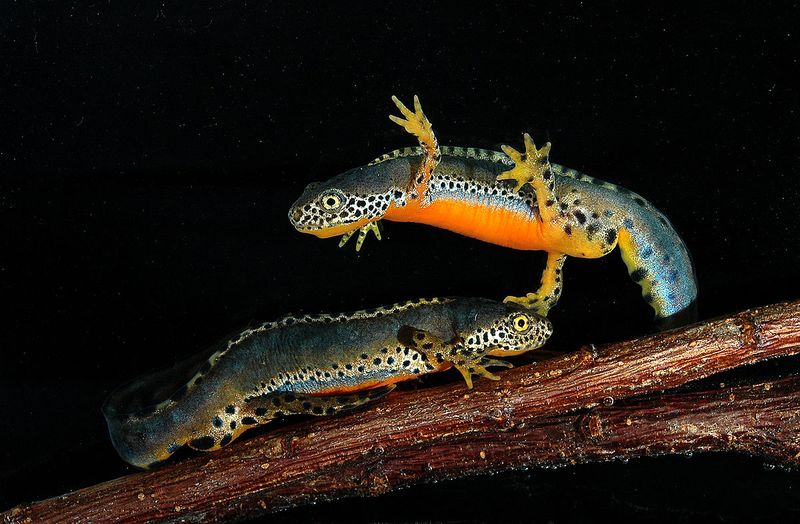
Straight from a fantasy novel, male Alpine newts transform during breeding season with electric blue flanks, orange-red bellies, and spotted black-and-white throats. These underwater ballerinas perform elaborate courtship dances that will entrance visitors.
Perfect for smaller ponds, they remain active even in cooler temperatures when other amphibians have gone dormant.
6. Green Frog
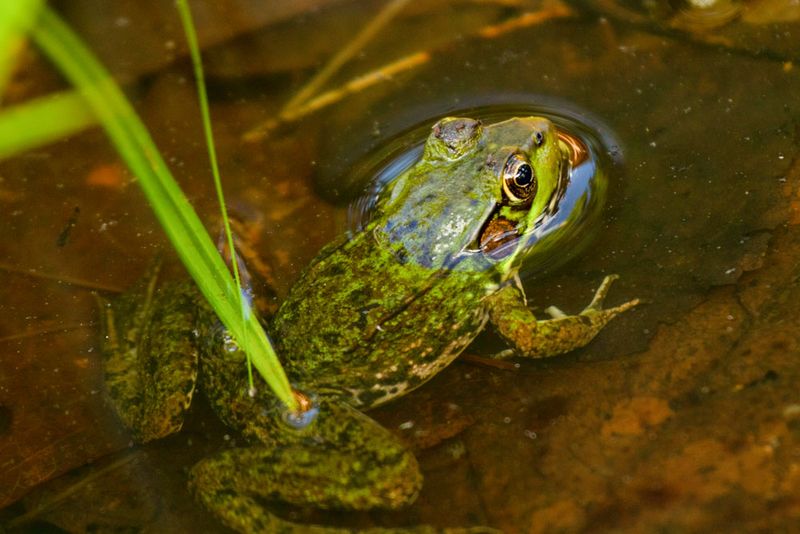
Nature’s banjo players! Their distinctive “plunk” calls sound exactly like plucking a loose banjo string. Less aggressive than bullfrogs but equally charming, these emerald jumpers sport distinctive ridges running down their backs.
They’re patient hunters, sitting motionless for long periods before lightning-fast tongue strikes capture dragonflies and other insects hovering above your pond.
7. Axolotl
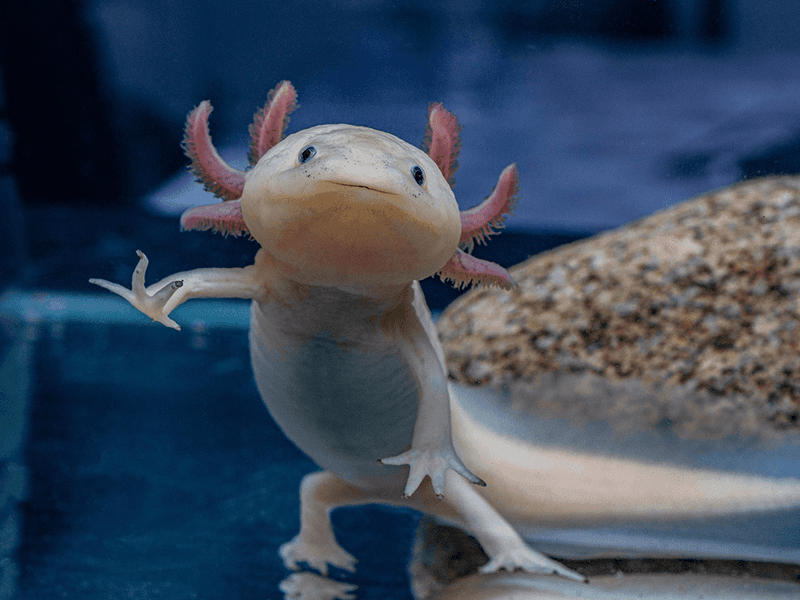
Forever young! These underwater Peter Pans never grow up, keeping their juvenile features and external gills throughout life – a phenomenon called neoteny. Their feathery gill crowns wave gently like underwater flowers in various colors from wild-type brown to albino white.
Though requiring special care and cooler water, these smiling salamanders make unforgettable pond residents in appropriate climates.
8. Spring Peeper
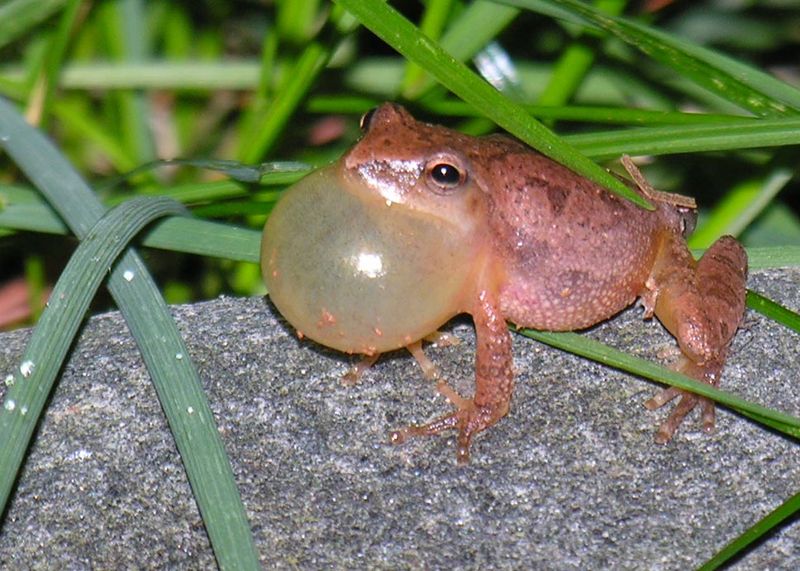
Tiny frogs smaller than a poker chip produce springtime choruses louder than an alarm clock, carrying nearly a mile. Distinctive X-marks on backs make identification easy.
Mostly terrestrial, they return to ponds only during breeding season. Sensitive to environmental changes, their presence signals a healthy ecosystem and clean water.
9. Tiger Salamander
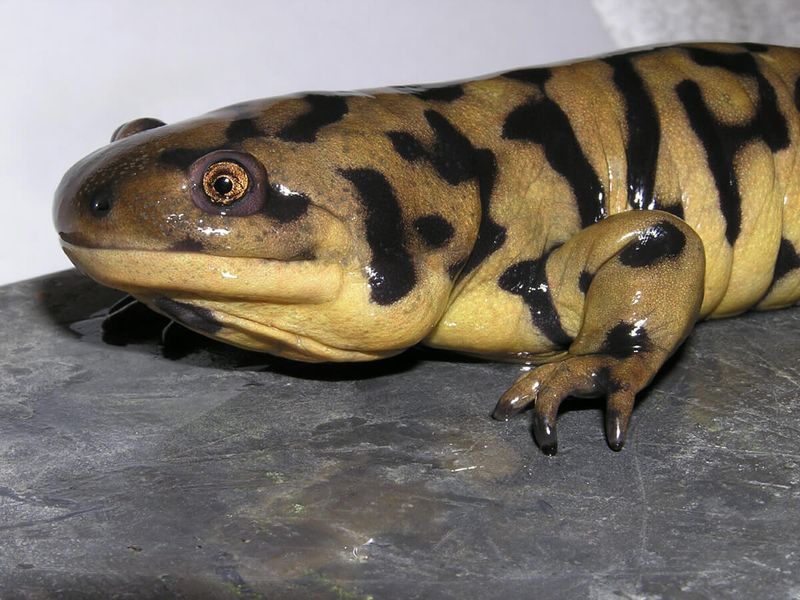
Gentle giants of the salamander world that can grow longer than a banana! Their yellow spots and stripes against dark backgrounds create stunning patterns unique to each individual.
Unlike many amphibians, these underwater dragons primarily use gills for breathing when young but develop lungs as adults. Their prehistoric appearance and curious nature make them fascinating subjects for nature observation from your pond-side seating area.
10. African Dwarf Frog
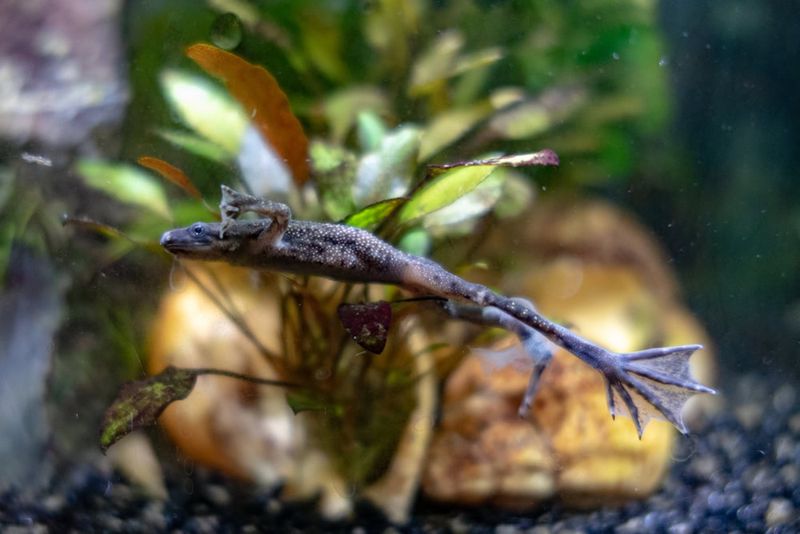
Underwater ballet dancers that perform graceful swimming movements with their splayed limbs! These fully aquatic frogs never leave the water, making them perfect permanent pond residents.
Their comical appearance includes eyes positioned on top of their heads for surface viewing. Watch them periodically dart to the surface for quick air gulps before returning to their underwater domain where they’ll entertain with playful antics.
11. Spotted Salamander
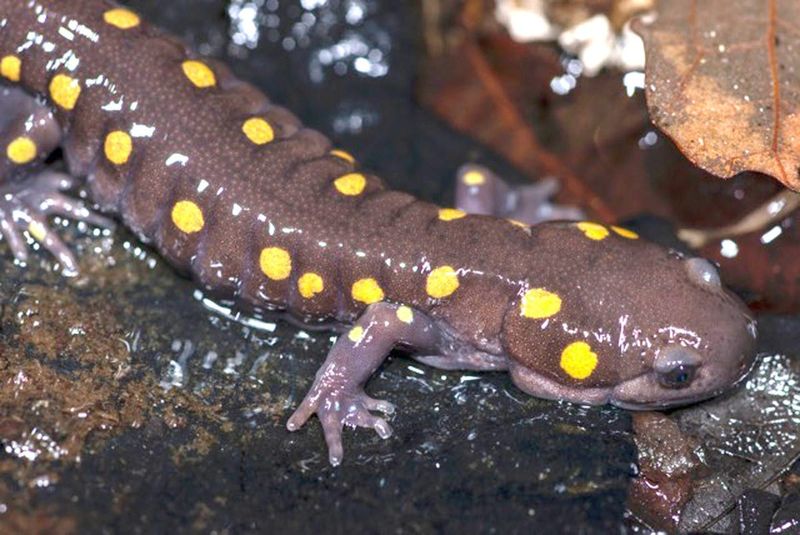
Emerging from forest floors on rainy spring nights, moonlight wanderers begin their annual breeding migration. Brilliant yellow spots contrast sharply with blue-black skin, resembling a starry night sky.
Spending much of life hidden underground, spectacular egg masses appear in ponds during breeding. Clear jelly orbs reveal developing embryos, offering a captivating glimpse into amphibian development for all ages.
12. Leopard Frog
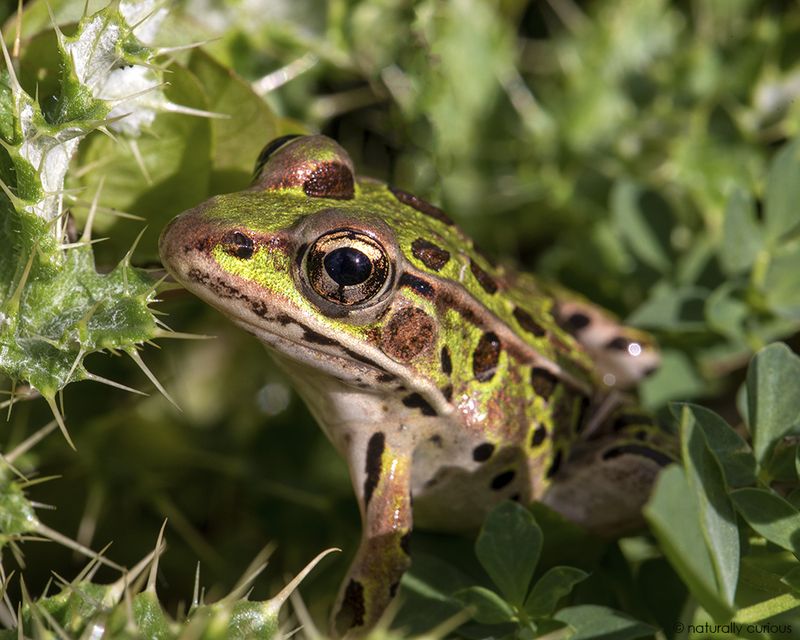
Marathon jumpers capable of leaps ten times their body length! Their distinctive spotted pattern resembles their big cat namesakes. More active during daylight hours than many frogs, they’ll put on jumping displays as they hunt around pond edges.
Their varied diet includes insects, worms, and smaller frogs, making them excellent natural pest controllers for your garden ecosystem.
13. Japanese Fire Belly Newt
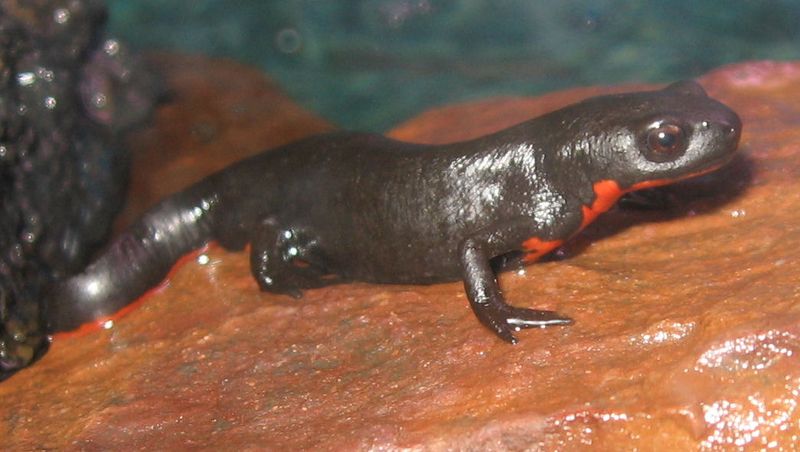
Walking jewels with crimson-orange bellies that flash warnings when disturbed! Their sleek black bodies with smooth skin make them look almost artificial – like living sculptures.
Masters of longevity, these newts can live 30+ years with proper care. They divide time between water and land, so providing both aquatic space and accessible shorelines allows visitors to observe their dual-habitat lifestyle.
14. Gray Tree Frog
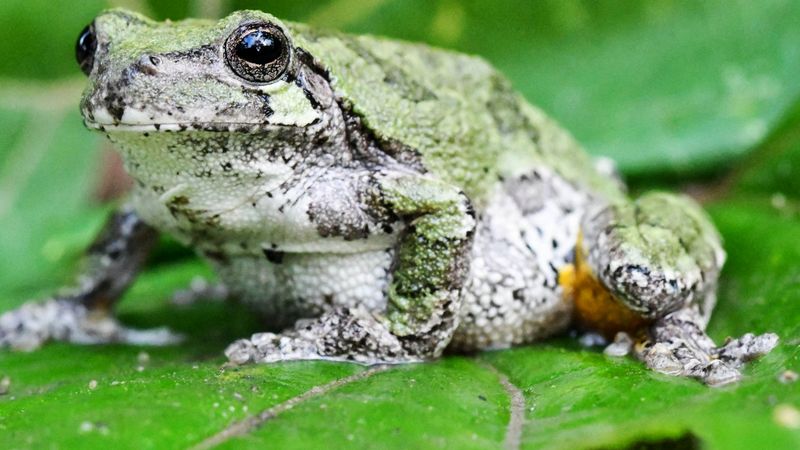
Camouflage champions that change color from gray to green depending on background and temperature! Their rough skin texture resembles tree bark, making them nearly invisible when resting.
Surprisingly, their inner thighs flash bright yellow or orange when jumping – a startling display to confuse predators. Though primarily tree-dwelling, they visit ponds during breeding season, filling summer nights with their melodic trilling calls.
15. Marbled Newt
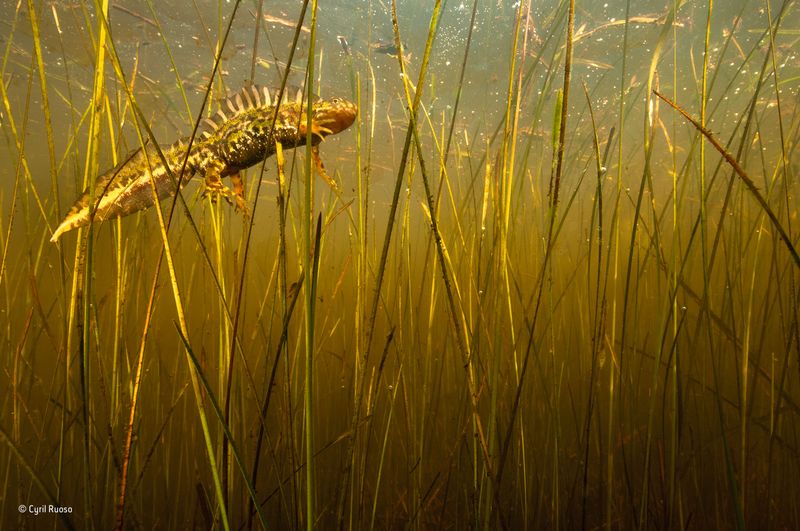
Living stained glass windows! Their black bodies with vibrant green marbling create patterns as unique as fingerprints. During breeding season, males develop impressive crests running from head to tail, transforming into mini water dragons.
These European beauties prefer clean, plant-rich waters where they weave through vegetation with ribbon-like swimming motions that captivate anyone watching your pond.

